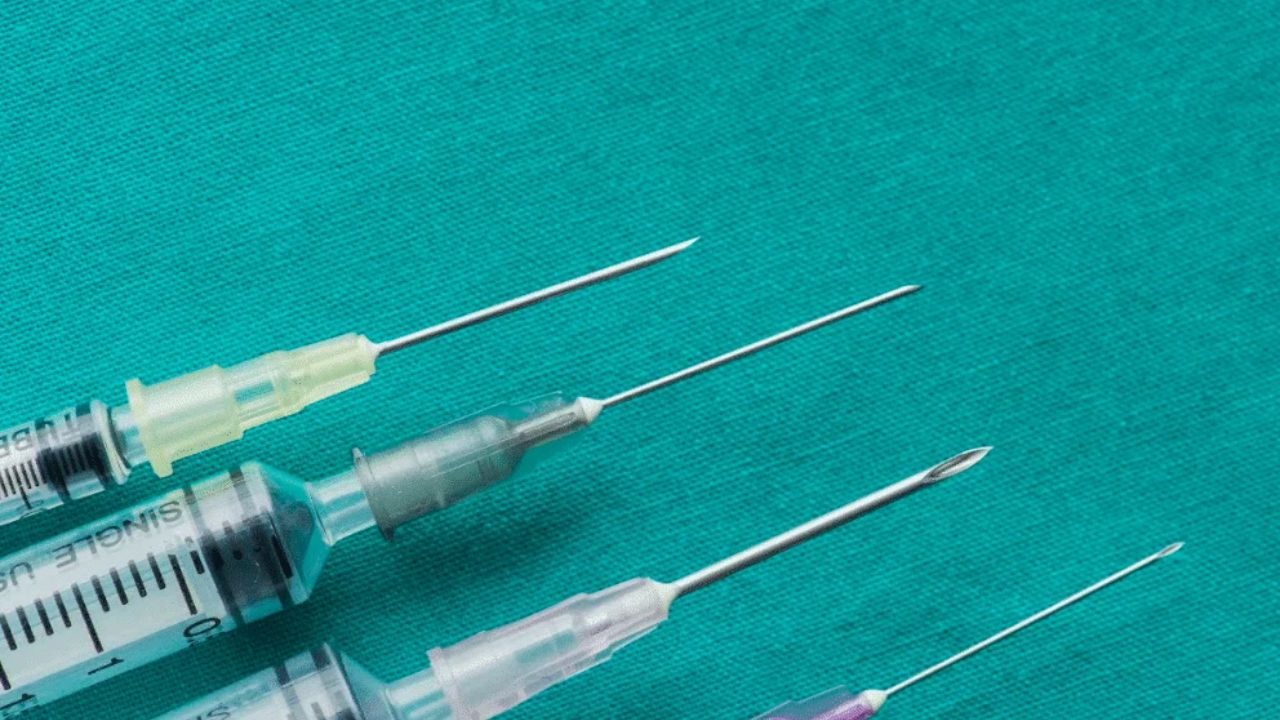Kayleigh shares articles on Society blog. She also blogs about her experiences in the workforce and how she set out to find a career she loved, which led her to work with an ethical employer. maemae believes that life is too short not to enjoy your job, and that there's no shame in pursuing a career you love!

When it comes to medicine they say that accurate results are all about precision and fine motor skills to get the results you want. Of all these factors, the choice of needles is usually the most essential factor that affects the injections. The use of different size needles for injection plays a crucial role in enhancing drug deposition, minimizing discomfort, and reducing complications. Correct selection of needle size enhances drug deposition and minimizes discomfort as well as complications.
Subcutaneous Injections
Subcutaneous injection means one pulls a material or a drug just below the skin’s surface into the hypodermic tissue. This technique is used for insulin, heparin, and some vaccines. Lengths of needles used for SC injections are usually between 4mm and 13mm, and shorter needles are usually used to avoid hitting deeper tissues such as muscles. The chance of correct needle size is vital so that the medication can be deposited in the adipose tissue for absorption. A long needle can at times accidentally inject the drug into the muscle which will fix the rate of absorption and can cause problems such as pain and tissue damage.
Effect of Needle Length on Intravenous Injections
Intravenous refers to the management of a material by vaccination into a vein of the body via a hypodermic needle. This method needs a high level of correctness due to the essential role of the vein’s deeper layer without damage to the other parts of the body. IV needle sizes for injections are normally between 19mm and 25mm, depending on the vein condition and size of the patient. Soffer and shorter are preferred for children and susceptible populations or those with small veins; longer needles may be necessary for older populations with deeper veins. To avoid infiltration, phlebitis or extravasation an improper choice of the needle length may complicate the process of administration.
Needle Length and Intradermal Injections
Intradermal (ID) injections are managed inside the dermis which is the skin tissue layer located just beneath the epidermis. This system is mainly functional in allergy tests and tuberculosis diagnosis. The length of the needle required for carrying out ID injections is short, usually ranging between 6mm to 13mm The need to be very keen when selecting the needle length is important because if the needle length is long, it will go deep depositing the medication in some other layers other than the dermis. The type of needle used should enable correct and safe administration and the results to be accurate while sparing the patient much discomfort.
Factors Affecting Needle Length for Patients
The decision of the needle length is not universal. It depends on the age, weight, and general health of the patient. For example, Obese patients may need longer needles to penetrate through fatty tissues to allow IM injections while, lean patients, or children, may require short needles; lest they penetrate deeper than intended. Further, injection site also poses some influence because sites with thicker skin layers or deeper muscle layers may require a longer size of needle.
Conclusion
One thing to bear in mind when it comes to the various injection methods is the length of the needle. Choosing the correct needle length for injection may provide the desired drug effect, augment the treatment results, and reduce undesired consequences. Healthcare providers need to consider the patient’s characteristics and the technique of injection to be used to arrive at a decision.
